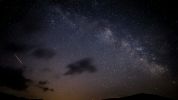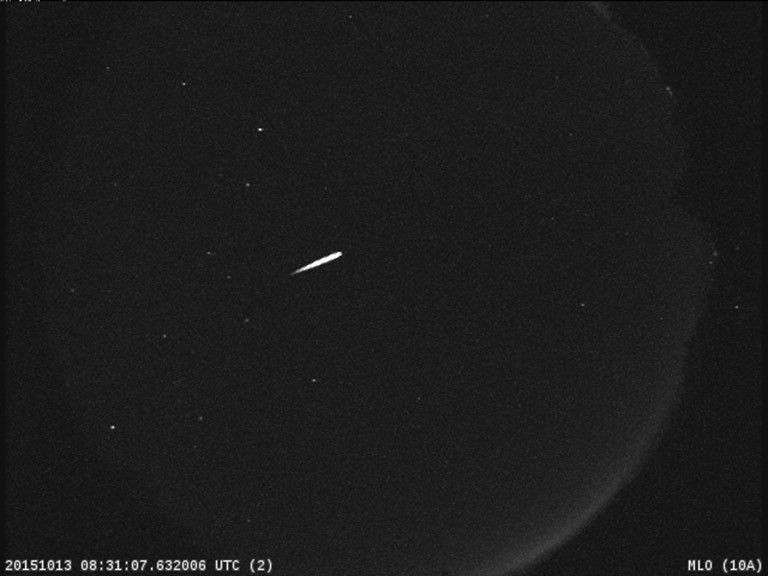
Next week, the heavens will put on a sparkling show as the Orionids Meteor Shower graces the night sky.
The Orionids Meteor Shower
As the National Aeronautics and Space Administration (NASA) describes it, the Orionids are among the most beautiful meteor showers of the year. Peaking in mid-October every year, they are known for their brightness and speed, travelling at approximately 41 miles (66 kilometres) per second as they plunge into the Earth's atmosphere.
These fast-moving meteors often leave behind what astronomers call a 'glowing train' visible for several seconds to minutes. Sometimes, they can even erupt into fireballs, so keep an eye out for prolonged flashes of light during this impeccable display.
The Orionids blaze against a backdrop of some of the night sky's brightest stars, making for a truly stunning viewing experience.

The Halley's Comet Connection
The Orionids originate from the debris left by 'Halley's Comet' as it orbits the sun. Although the comet itself is too distant to be seen from Earth, our planet's journey through its dust trail lights up the sky each October.
According to Newsweek, Seth McGowan—president of the Adirondack Sky Center and Observatory in New York, and a NASA Solar System Ambassador—noted that Halley's Comet last passed the Earth in 1986 and is expected to return in July 2061.
The comet was first identified by English astronomer Edmund Halley, who also calculated its orbit and predicted its return, which occurs roughly every 76 years.
When and Where To Catch the Orionids
This year, the Orionids are active from 2 October to 7 November, with peak viewing hours on 22 October 2025, between midnight and dawn.
Skywatchers are in luck this year: the Orionid peak coincides with a new moon, resulting in darker skies ideal for meteor spotting. From a suitably dark location, you can expect to see about 10 to 20 meteors per hour at peak time.
Although the Orionids aren't the densest meteor shower of the year, they often leave behind glowing trails of ionised gas that remain visible for a few seconds after each meteor passes.
Tips For Watching The Meteor Shower
Meteor showers are visible to the naked eye, so there's no need for binoculars or a telescope, although you will need to let your eyes adjust to the dark.
Finding the Orionids is relatively simple since most people can easily locate the three bright stars of Orion's Belt.
McGowan advises, 'The Orion Constellation will rise from the eastern horizon at roughly 10:00 PM (US Time). It will appear roughly 45° above the southern horizon by approximately 4:00 AM. (US Time).' He adds that meteors will streak across the sky, generally pointing towards Orion, regardless of your viewing location.
For the best experience, head to dark, open spaces away from streetlights and other sources of light pollution. Higher elevations are ideal since they can offer a wider and unonstructed view of the horizon.
For those living in city centres like London, there is still a chance to catch a glimpse, but escaping the urban glow will vastly improve your chances.
One final tip is to be patient. You might not see anything during the first 10 minutes or more as your eyes adjust to the darkness. Once they do, you'll start to notice the meteors.
Wherever you choose to watch the Orionids, monitor the weather as cloudy conditions can ruin the experience.
Originally published on IBTimes UK
© Copyright IBTimes 2025. All rights reserved.





